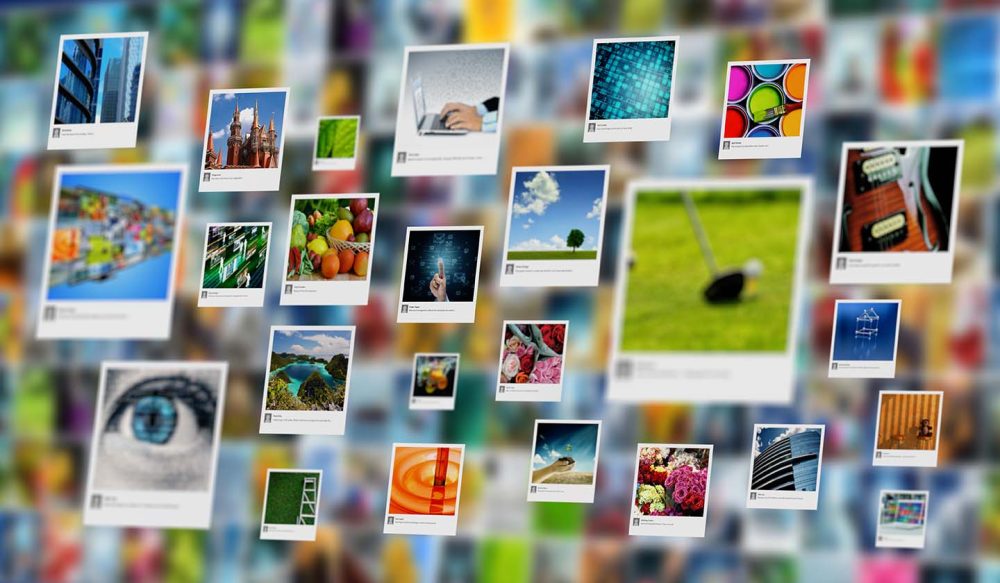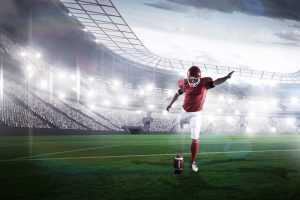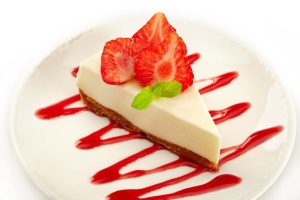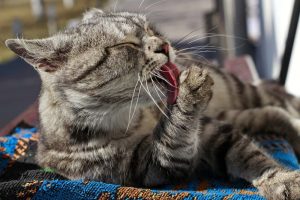How to Optimize Alt Text for Images

Alt text commonly referred to as ‘alt tags’ and ‘alt attributes,’ is essential for the image SEO strategy. They help convey the ‘why’ of the visual and help crawlers identify your content. Although they are present in the HTML code or backend of the CMS (Content Management System), they are displayed when the pictures cannot load for some reason.

Plus, they enhance the accessibility of the visually-impaired users and read aloud to them when they are browsing via screen readers.
Above all, SEO experts have always laid significant emphasis on adding Alt texts in images. Every other guide you come across covers the importance of Alt text and why it should be included in the content.
While it is important to understand the significance of Alt texts, it is even more critical to determine how to properly integrate the ‘text’ to maximize your media files’ efficiency.
This article will talk about ‘how’ you can optimize Alt text for images and improve relevance along with the site’s position in SERPs.
But first, let’s see the steps of adding Alt Text to images.
How: To Write Alt Text
As mentioned above, Alt texts are added at the website’s backend, depending on your strategy. For our presentation, let’s use this image of a lovely family enjoying a meal on Christmas.
HTML
To add an Alt text in HTML format, attribute to the <img> tags in your HTML code. Your code will look like this:
<img src=” christmas eve.jpg” Alt=”family having dinner on christmas eve”>
CMS
For modern CMS such as WordPress, adding Alt texts does not require coding complications. You can add it in the mentioned field while uploading the images. This is quite simple, and anyone with basic knowledge about the Content Management System can add Alt text easily.
For the above picture, you can add the Alt text as “family having dinner on Christmas eve”
The short descriptions described above helps the crawler show your image to people conducting relevant searches. In addition, it is also precise, which improves the understanding of people using screen readers.
Now let’s find out some practical ways to optimize Alt text for images:
How: To Write Good Alt Text
Here are the most essential steps to optimize Alt text in images.
1. Name the Images Properly
The process of optimization starts with image names. How can you expect crawlers to identify Alt text when you can’t even name the image correctly? Google Support has extensively explained the best practices of adding visuals to any site. The first takeaway from this guide is to use descriptive names for your picture files.

The above image can be described in multiple ways. For example:
Man kicking football
Football
IMAGE00045.jpg
Surprisingly most pictures are saved using the last file name. The random combination of numbers and alphabets is automatically allotted when you export, screenshot, or download images from stock photo sites. And most people simply avoid the effort and save the picture using the default file name.
However, when adding Alt text to the pictures it is essential to be as descriptive as possible, so search engine algorithms get a better understanding of the file.
In the case of the above picture – the first file name perfectly describes the image.
2. Keep Length of Alt Text Short
We know that the purpose of an Alt text is describing the image correctly. However, many words can be frustrating to read and left unrecognized by crawlers. SEO experts recommend cutting off your Alt text to nothing more than 125 characters. Instead of making detailed assumptions, write a generic idea of what you see in the picture.
3. Don’t Stuff Keywords
Keyword stuffing is the practice of loading website content and images with a particular keyword. This was a gray SEO technique to manipulate search results. According to Google, you should avoid irrelevant keywords as they can get you penalized.
Here are some signs of keyword stuffing to the Alt text:
- Adding the main keyword even if it does not describe the image
- Adding irrelevant numbers or words (such as website name or phone number)
For instance, in this image of cheesecake:

Good Alt text: Strawberry cheesecake on a white plate
Bad Alt text: This is a strawberry cheesecake. This strawberry cheesecake is placed on a while plate. The strawberry cheesecake has fresh strawberries sliced on top.
If you notice, the bad text contains consistent repetition of the same few words. On the other hand, a Google-friendly text explains what you see in a mere 5 words.
4. Don’t Use Text In Images
Search engines can only read what text you add to describe the image. If you label the photos explaining what they are, the results will never appear under the relevant content.
When you use ‘text-based images,’ the search engine will not detect what the image says.
These images are also a bit hard to describe in a 125-character Alt text. Therefore, try using images without a lot of text where possible, so it is easier to explain them. In the case of infographics, you can add Alt text like “infographics explaining XYZ content.”
5. Avoid Using Words Like an image of or picture of
Everyone knows it’s an image. Your Alt text does not have to specifically describe that as it hampers the quality of SEO and your content.

In this image, using Alt text: Cat licking its paw
Instead of: Image of a cat licking its paw or picture of a cat licking its paw.
The Takeaway
Alt text adds value to the SEO of your content. Whether you are using stock images or actual personalized pictures, using the correct text to describe the image can improve user experience and performance on SERPS.
Try the above tips and see the difference they make in your page’s accessibility and search engine performance. Good luck!





